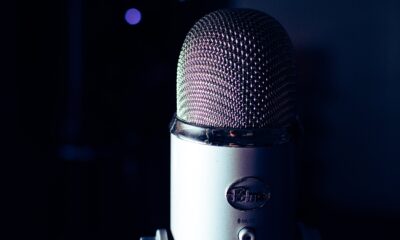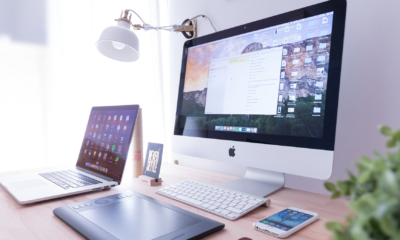Business
Why your conference day should revolve around food
Properly organising breaks and catering for your conference is key to maintaining interest and could be the difference between your event being boring, and brilliant.
Conferences can last anything from a few hours to a few days. Most events will be somewhere in the middle with full, long day conferences going a little over a standard work day. Maintaining attention over this length of time in difficult, especially for conferences where the emphasis is on conveying a lot of information is numerous short, succinct sessions.
With careful planning you can keep attendee attention and make your conference a complete success. Here is how to break down the day, and what to serve to keep attention and contentment throughout:
Welcome refreshments
Being told that breakfast is the most important meal of the day has become almost as routine as the meal itself. Despite this, two in five people in the UK skip breakfast and so many might arrive at your event on an empty stomach.
On mentally and physically demanding days, such as conferences, those who have not eaten a nutritious breakfast will have significantly poorer levels of concentration and performance than their fellow team members.
By providing small, attractive bowls of fruit, nuts and yoghurts upon arrival, your attendees will be much more receptive to the opening talk and will remain more alert throughout the day.
The welcome refreshments would also, typically, be when you’d be expected to serve caffeinated drinks like tea and coffee. However, early morning is not the time for coffee with regards to concentration. Hot drinks are an important welcome gesture, but try to hold back on stronger beverages until slightly later in the day. A good range of fruit and herbal teas, fruit juices and water will serve you and your audience much better than a strong coffee, which can cause your audience to slump a few hours later.
Caffeine breaks
A mid-morning break is actually the ideal time for coffee, between 10am and 12pm typically. Studies have shown that taking a break at this time is much more beneficial to productivity and morale than breaking at any other time of day. Drinking a cup of coffee between 10 and 12 o’clock enables you to power through a natural lull in energy, without interfering with energy levels later in the day.
Lunch: the main event
Communal eating makes you smarter. Or rather children and teenagers who eat with their parents regularly are twice as likely to get A’s in school compared to those who eat separately.
Some conference centres offer to prepare buffets to be eaten in the meeting room you’ll be based in for the day. This works well for events which run for approximately half a day, when demand for concentration isn’t quite as intense as it can be on full days.
However, if you are looking at organising a longer event, it may be beneficial to source a venue which can offer you a change of environment. A conference venue with an onsite restaurant enables guests to move around and enjoy a change of scene, while also offering them a chance to converse with new people and network.
Afternoon break
Energy levels will take a natural dip in the afternoon. By about 2 o’clock, your guests will have been awake and working to focus for about 7-8 hours. According to the NHS, at 2.16pm we experience a sort of 7 hour itch, our concentration wanes and we start thinking about other things we’d rather be doing. This is an optimal time for a break.
Just as tiredness could be setting in, this gets people moving to refresh their minds. Attendees might be seeking a vending machine, for a sugar hit or caffeine boost. However, gently steering people away from these short lived energy boosting snacks will greatly improve the chances individual levels of motivation lasting until the end of the day. Instead you should think about providing cereal bars, fruit and other less sugary options. If you do want to serve caffeine consider English Breakfast or Green teas which release caffeine more slowly, minimising the end of day dip in alertness.
As less strenuous tasks are best left until last, due to depleted motivation, it may be a good idea to save anything with visual prompts, such as short films or powerpoint presentations for the latter half of the day. The average concentration span for audiences watching presentations is just 9 minutes and 59 seconds. If this does not allow enough time to convey your key points, use snacks and short intervals to keep a hold of audience attention.











